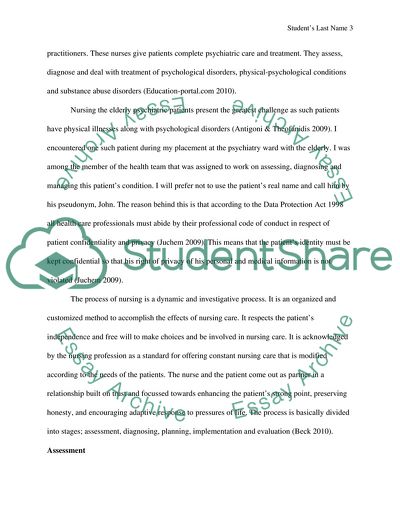Cite this document
(Analysis of Depression in the Elderly Case Study, n.d.)
Analysis of Depression in the Elderly Case Study. https://studentshare.org/nursing/1743504-nursing-care-study
Analysis of Depression in the Elderly Case Study. https://studentshare.org/nursing/1743504-nursing-care-study
(Analysis of Depression in the Elderly Case Study)
Analysis of Depression in the Elderly Case Study. https://studentshare.org/nursing/1743504-nursing-care-study.
Analysis of Depression in the Elderly Case Study. https://studentshare.org/nursing/1743504-nursing-care-study.
“Analysis of Depression in the Elderly Case Study”. https://studentshare.org/nursing/1743504-nursing-care-study.


